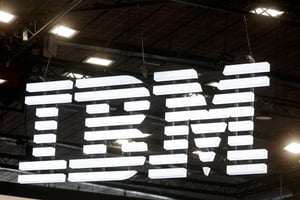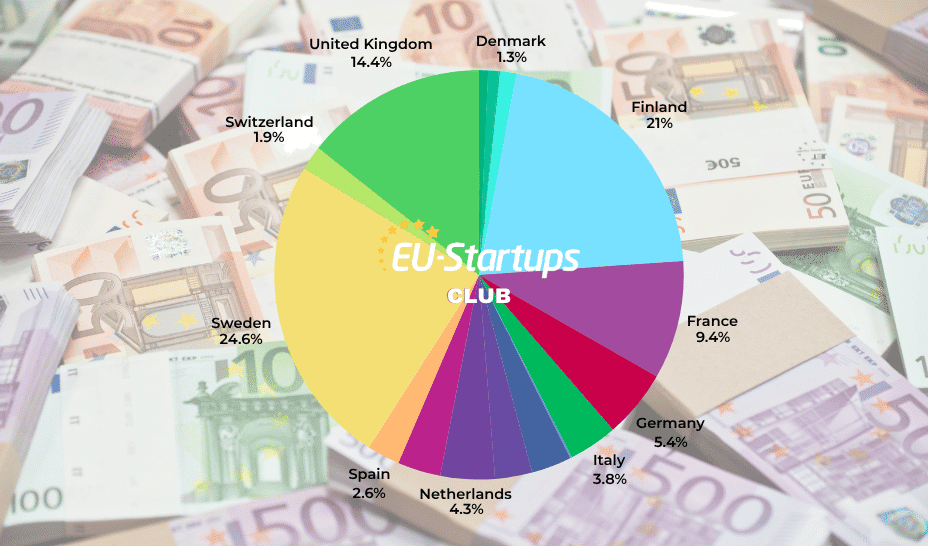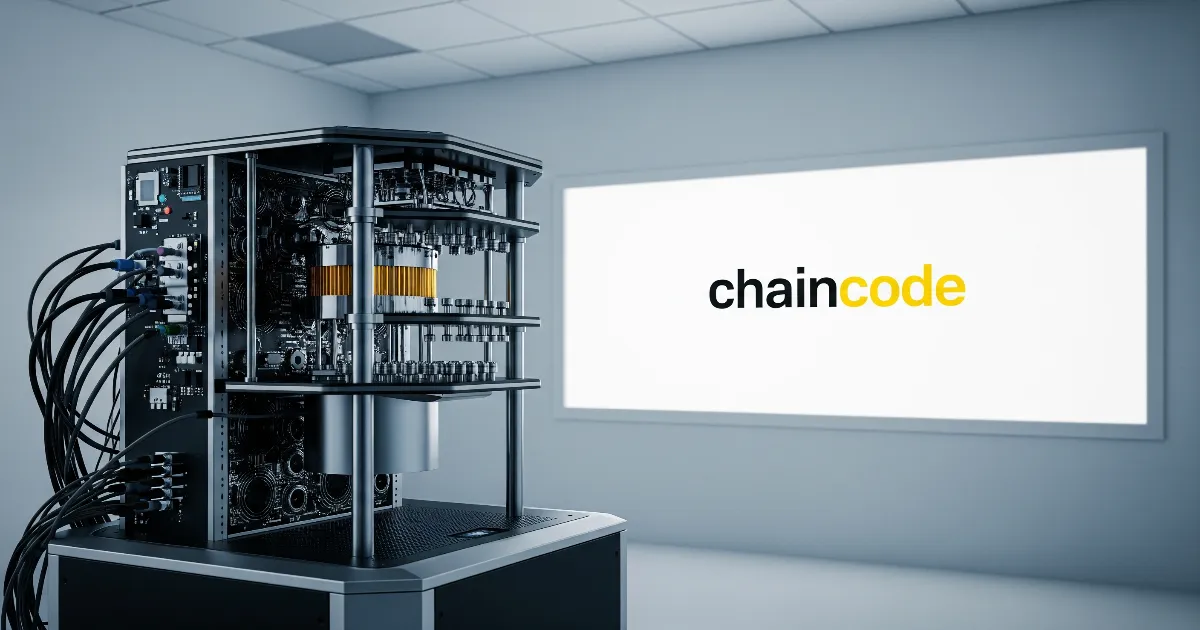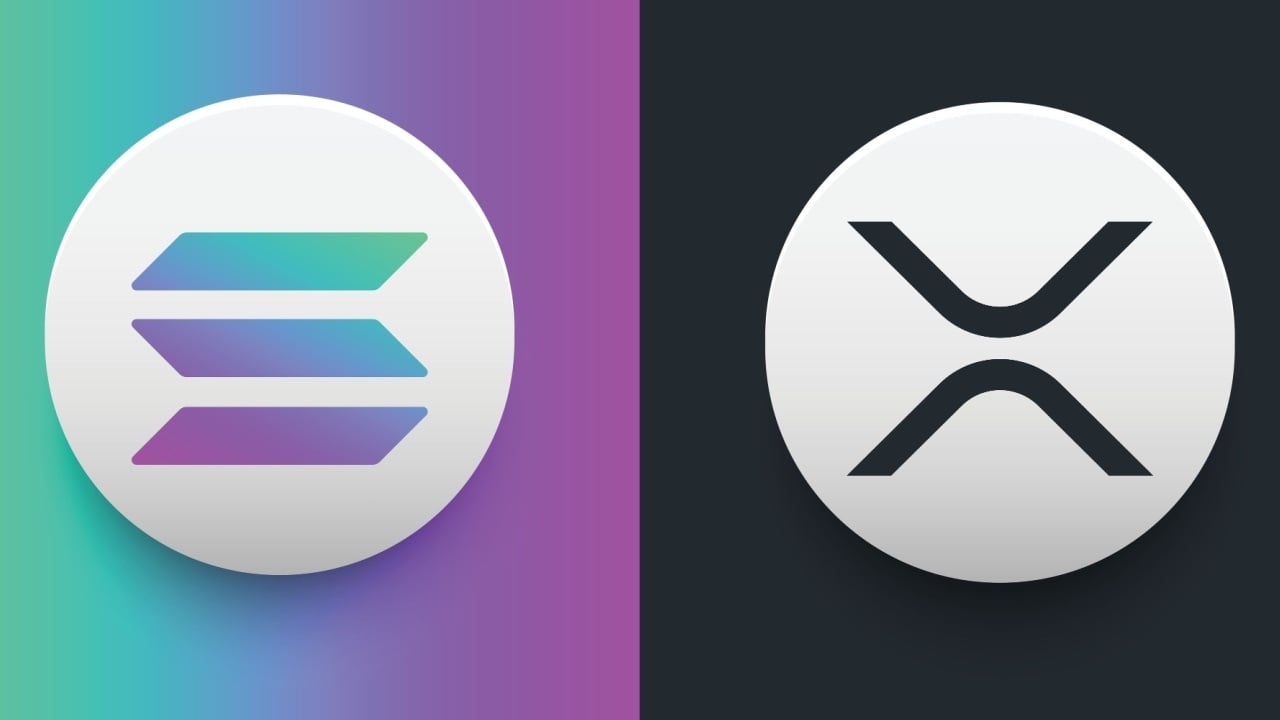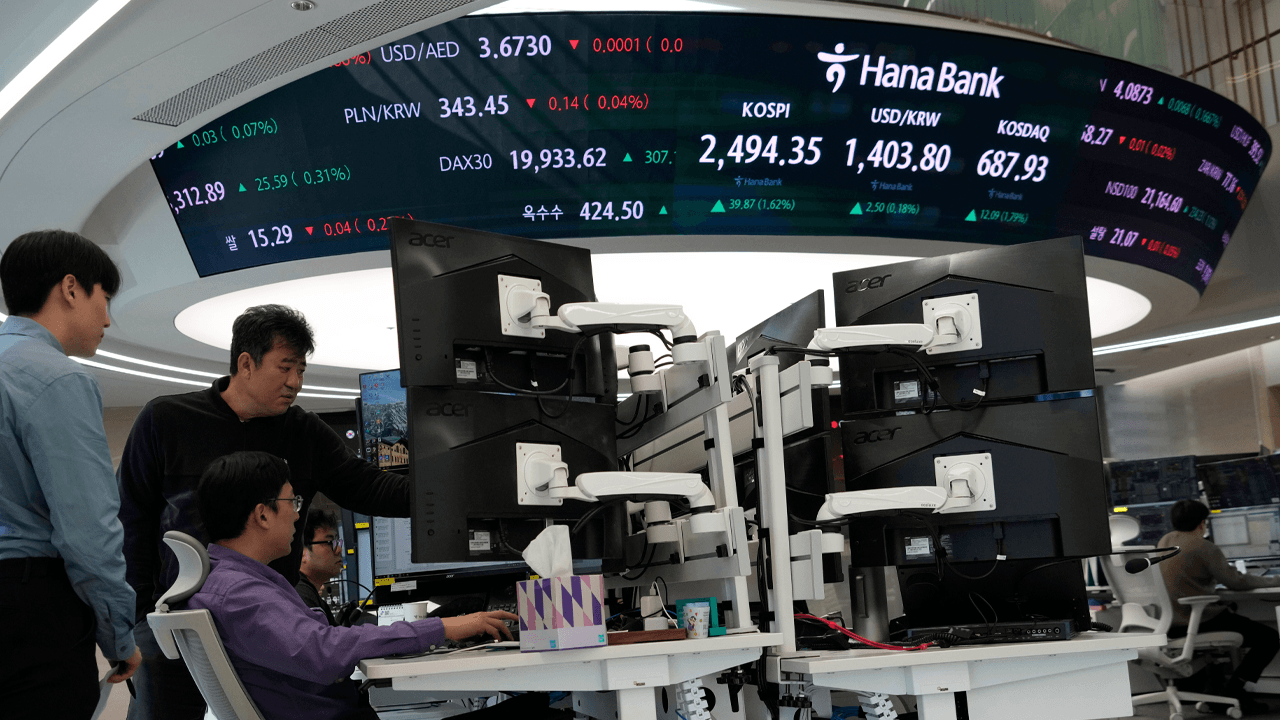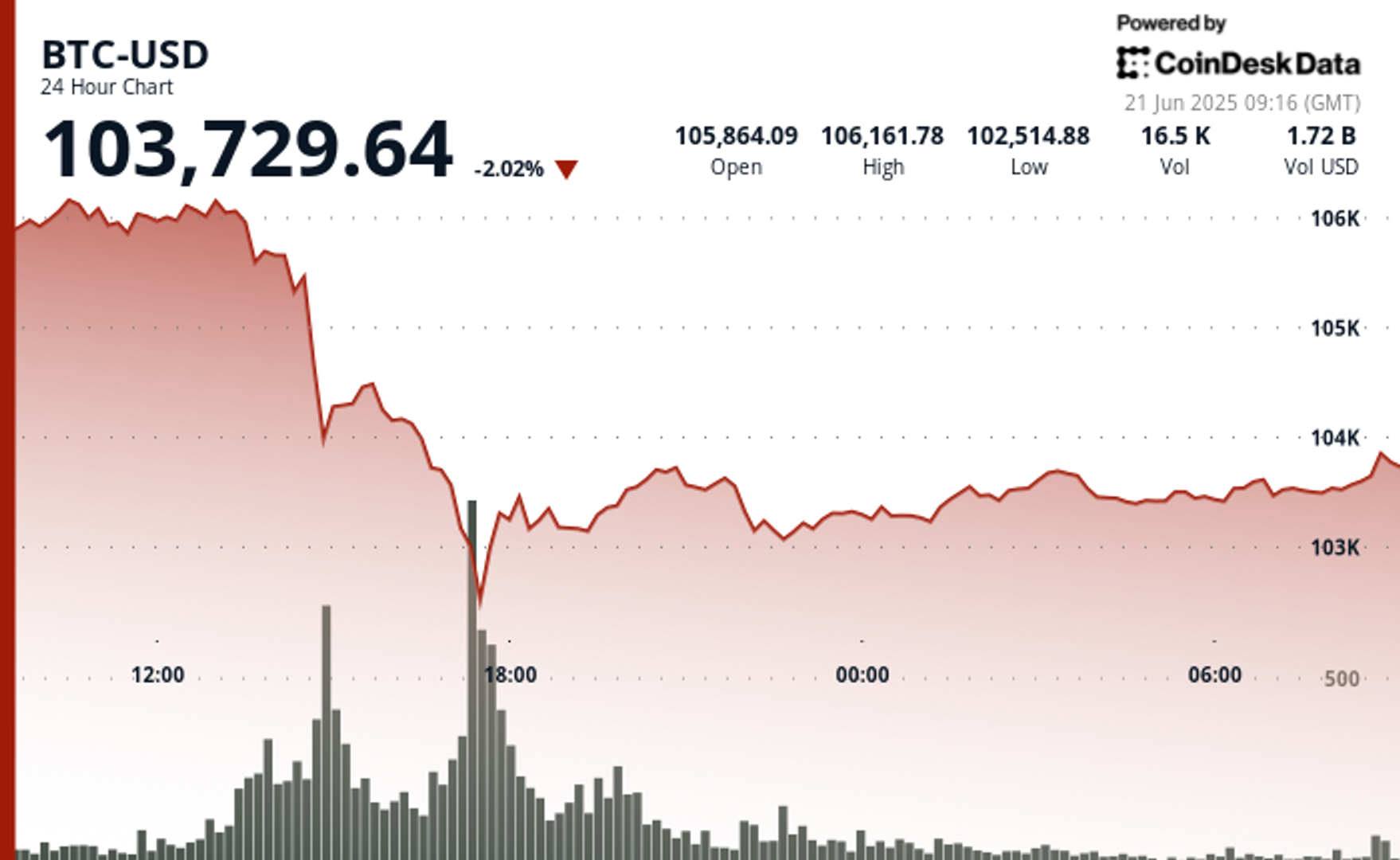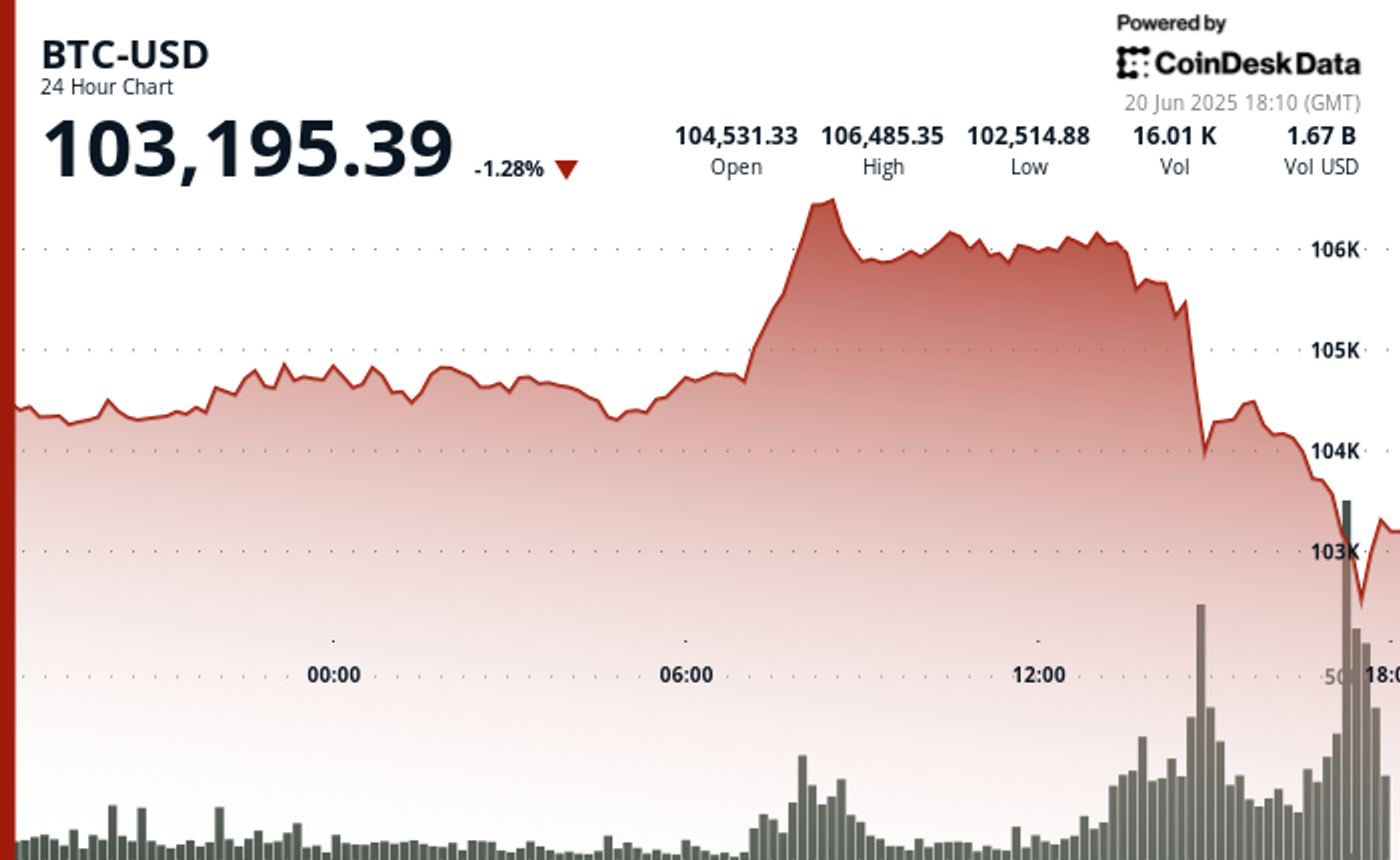AMD Runs Circles Around Intel With Helios Rack-Scale AI Systems
Intel (NASDAQ: INTC) made a run at the artificial intelligence (AI) accelerator market with its Gaudi line of chips, which came with the company's $2 billion acquisition of Habana. Unlike the graphics processing units (GPUs) from Nvidia and AMD (NASDAQ: AMD), Gaudi featured a different type of architecture that excelled in certain workloads. While Gaudi 3 wasn't up to par with Nvidia's leading AI accelerators when it launched, Intel offered attractive pricing as a way to lure customers.While Gaudi 3 won some high-profile customers, namely IBM for its watsonx platform, the chip was mostly a bust. Intel set a $500 million AI accelerator sales target for 2024, already a fraction of what Nvidia and AMD sell annually, and failed to meet it. While Gaudi's pricing was attractive, an immature software ecosystem, an unfamiliar architecture, and a complicated roadmap from Intel conspired to keep customers away.Image source: Getty Images.Continue reading

Intel (NASDAQ: INTC) made a run at the artificial intelligence (AI) accelerator market with its Gaudi line of chips, which came with the company's $2 billion acquisition of Habana. Unlike the graphics processing units (GPUs) from Nvidia and AMD (NASDAQ: AMD), Gaudi featured a different type of architecture that excelled in certain workloads. While Gaudi 3 wasn't up to par with Nvidia's leading AI accelerators when it launched, Intel offered attractive pricing as a way to lure customers.
While Gaudi 3 won some high-profile customers, namely IBM for its watsonx platform, the chip was mostly a bust. Intel set a $500 million AI accelerator sales target for 2024, already a fraction of what Nvidia and AMD sell annually, and failed to meet it. While Gaudi's pricing was attractive, an immature software ecosystem, an unfamiliar architecture, and a complicated roadmap from Intel conspired to keep customers away.
Image source: Getty Images.




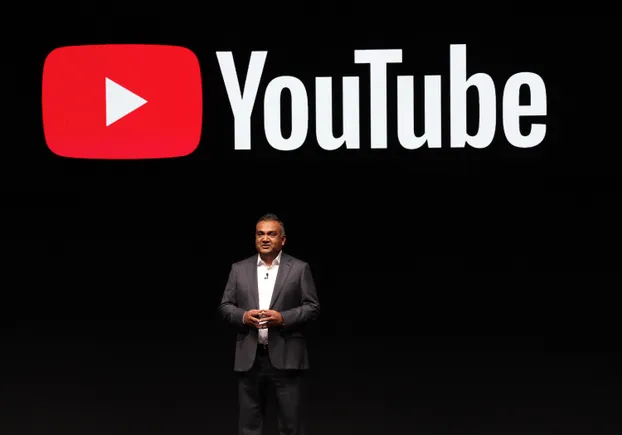
![The Largest Communities on Reddit [Infographic]](https://imgproxy.divecdn.com/vfTS-YsC_ZrqM6F4tAXJgV6qj3gCHSsf2dvHufDbrrQ/g:ce/rs:fit:770:435/Z3M6Ly9kaXZlc2l0ZS1zdG9yYWdlL2RpdmVpbWFnZS9sYXJnZXN0X3JlZGRpdF9jb21tdW5pdGllczIucG5n.webp)







































